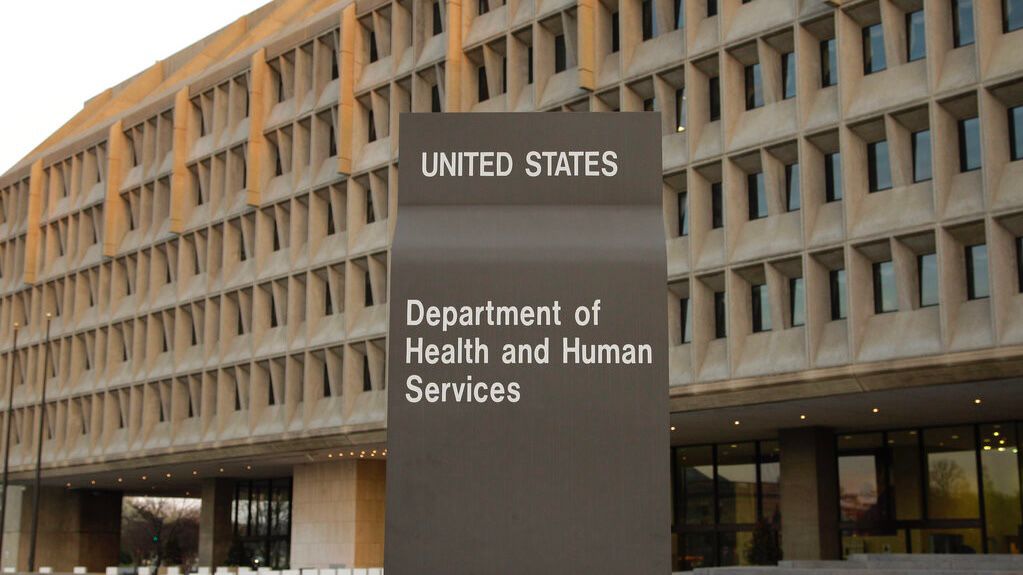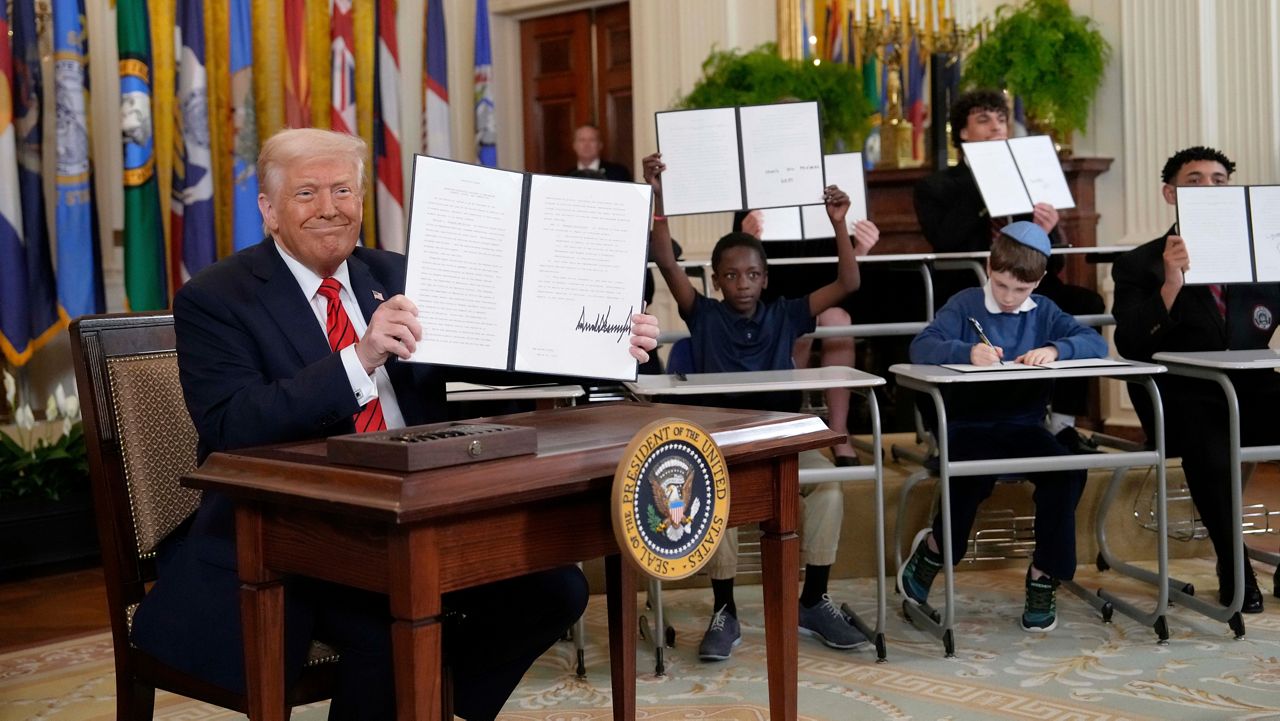Summer vacation is officially over for hundreds of thousands of students who returned to school last week. In the nation’s second-largest school district, Los Angeles Unified, 500,000 students began a new school year as Superintendent Alberto Carvalho pledged the district will recover fully from the COVID-19 pandemic within two years.
On this week’s “In Focus SoCal,” host Ariel Wesler sits down with Carvalho to discuss the district’s priorities and goals, and how LA Unified has prioritized federal funding to recover from the pandemic. California received more than $15 billion through the Elementary and Secondary School Emergency Relief Act, the largest of three rounds of federal aid that went to schools to offset the harms of the pandemic. LA Unified received $2.6 billion and has until next September to spend or commit the funds.
“We’ve hired additional academic coaches in reading and mathematics, massive professional development with the extra money, but also stabilizing our workforce — ensuring that we have the individuals we need to address the needs of our kids,” Carvalho said.
Last year, almost half of public school students nationwide started school at least one full grade subject behind, according to a report by the School Pulse Panel.
“Our students lost a lot of ground as a result of the pandemic, six to seven years of academic loss for the average student in the district. But if you were to look at the academic performance in the aftermath of the pandemic, specific to subgroups of students such as poor students, homeless students, kids in foster care, English language learners or students with disabilities, then the loss was actually double digit,” said Carvalho. “So our emphasis is no doubt on academic recovery.”
“In Focus SoCal” also met one LAUSD mom who stayed proactive to make sure her son, a junior in high school, did not fall behind in his classwork in the aftermath of the pandemic. Kelly Bedford, a mother of four, said she watched her sons’ academics drop severely during the pandemic.
“If a class was 50 minutes or so, it may have been 10 to 20 minutes with perhaps the teacher going over what she wanted them to (do) and, ‘OK, we’ll see you later’ type of thing,” Bedford said.
Her 19-year-old son Patrick is currently a sophomore at Santa Monica College. She said he prefers online classes, and that she’s seen the effects of him not learning certain academic skills in high school. Bedford said she noticed her youngest son, Zachary, struggling academically when he was studying remotely.
“I feel like it was just very repetitive, same stuff. I just feel like I wasn’t learning nothing during the pandemic, so I feel like they could have taught better or had tutoring during the Zoom classes,” said Zachary, who is a junior.
Bedford sought out several learning opportunities to supplement what Zachary wasn’t getting at school. In addition to tutoring offered by LAUSD, he participated in two UCLA programs: a mathematics achievement program, known as MAP, and another program called VIP Kings to re-acclimate him to in-person learning.
“Most of them were really group assignments, group assignment learning communicative and social skills. I feel like I did learn things from that,” Zachary said.
Howard Blume, an education reporter for the LA Times, also joins this week’s conversation to discuss the federal funding California schools received to recover academically. Blume said after the funding runs out, LA Unified estimates they’ll have to cut about 2,000 jobs.
“They employ about 75,000 people or so, so that will be a bite. But they say they can do it without laying off people,” said Blume. “They also have to pay for raises that were given to employees across the board to deal with the cost of high living, not high living, but just the high cost of living in California, and also the high inflation rate.”
Send us your thoughts to InFocusSoCal@charter.com and watch at 9 a.m. and noon Sundays.











